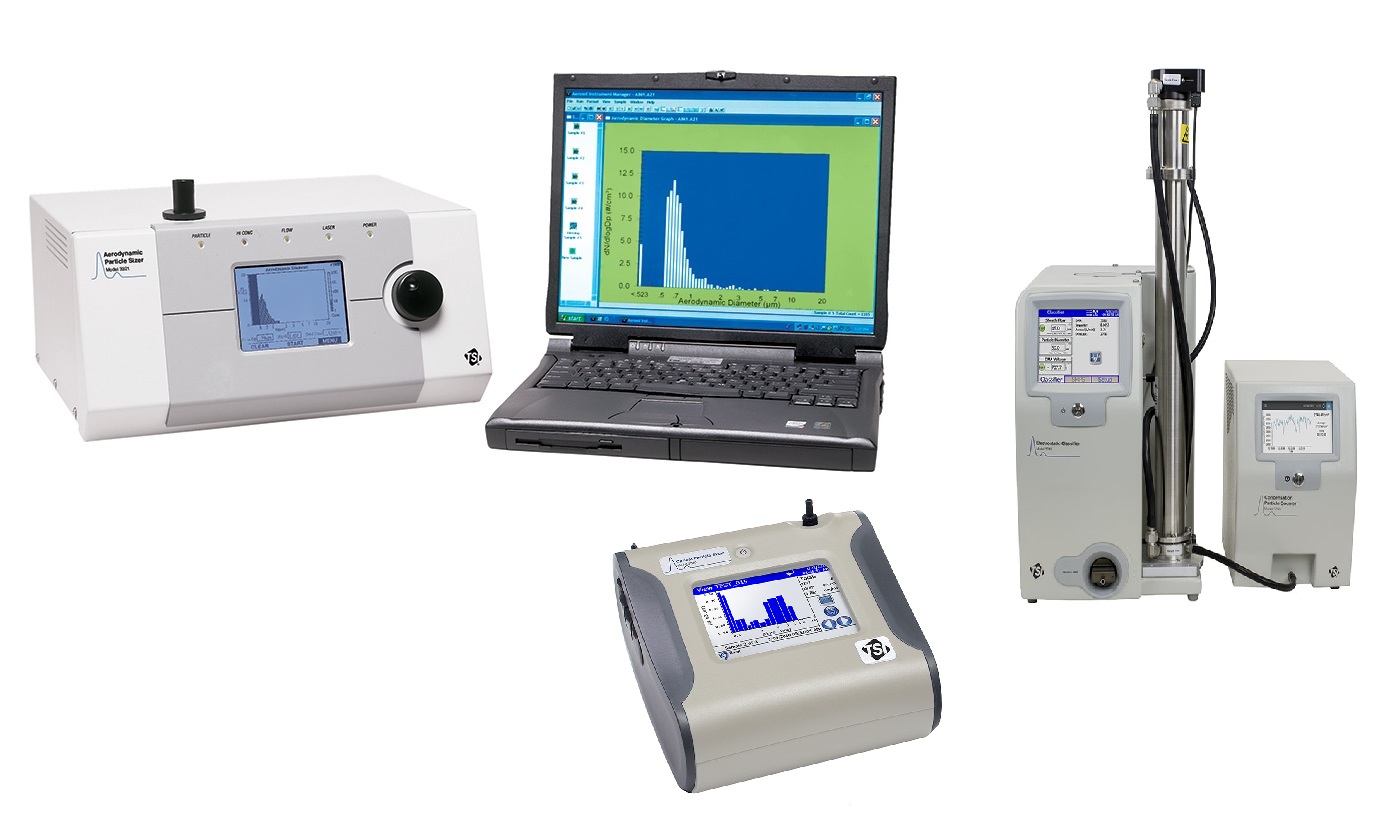
ST Radar
The ST radar at Cochin (10.04°N, 76.33°E; 40 m MSL) is an ideal observational facility, located in the tropics, for understanding the processes of the Indian summer monsoon at the region of its onset, which is expected to enhance science’s knowledge of monsoon dynamics. This radar constitutes 619 three-element Yagi–Uda antennas with a power aperture product of 1.6 × 10^8 Wm^2 and is capable of providing accurate three-dimensional wind profiles for an altitude range of 315 m–20 km. It is well known that the Wind Profilers depend on Bragg Scatter as the dominant scattering mechanism, unlike the Weather Radars, which depend on Rayleigh & Mie Scattering mechanisms. The turbulent scale sizes, which give rise to Bragg Scatter, are height dependant with higher height coverage requiring larger wavelengths
The ST radar installed at CUSAT is an active phased-array radar consisting of 619 three-element Yagi–Uda antennas arranged in an equilateral triangular grid with an inter element spacing of 0.7λ, where λ is the operating wavelength, which is 1.43 m. The gain of each antenna is 7.5 dBi with a voltage standing wave ratio (VSWR) of 1.2:1. 619-element phased array Yagi-Uda antenna system transmit the RF signal to the atmosphere and receive the back scattered signal from the atmosphere. Each antenna is associated with a Transmit/Receive module (TRM). The RF signal at 205 MHz is generated in the Radar Processing Computer (RPC) and power is amplified and phase shifted by the TRM. All TRMs are controlled by TRP (Transmit Receive Pulse) generated by RPC. The received signal is time sampled using ADC (Analog to Digital Converter) card. The switching and synthesizing unit does the mode selection, amplification, attenuation and derive all sub clocks for ADC, DAC from 10 MHz master reference clock.
